ASPSCR1TF fusion proteins appear to bring the TF DNA binding domain and nuclear localization signal under the control of the ASPS promoter , 42,ASPSCR1–TF gene to drive oncogenesis, the mice developed tumours in the brain and orbit—ie, the cranial vault—a region known to have the highest lactate concentrations in the mouse Metabolic studies6 showed that ASPS cells in this model used lactate as an energy source Lactate is imported via MCT1 and is converted ASPS is a malignant mesenchymal tumour with an ASPSCR1TF fusion molecular signature (der(17)t(X;17)(p112;q25) translocation This results in the fusion of TF transcription factor gene at Xp112 with ASPSCR1 (also known as ASPL) at 17q25 As mentioned earlier, the same gene signature is also present in a subset of RCCs, which have a

Rt Pcr Findings Identification Of The Aspscr1 Aspl Tfe3 Fusion Download Scientific Diagram
Aspscr1-tfe3
Aspscr1-tfe3-The ASPSCR1TF Fusion/Translocation FISH Probe Kit is designed to detect rearrangements involving the human ASPSCR1 and TF genes located on chromosome bands 17q253 and Xp1123, respectively Fusion of ASPSCR1 – also known as TUG, ASPL, ASPS, RCC17, UBXD9, UBXN9 or ASPCR1 – with the TF gene – also known as TFEA, RCCP2, RCCX1 orTF break apart probes in FISH analysis are most effective at detection of the fusion due to multiple partners of the gene ;




Modelling Tfe Renal Cell Carcinoma In Mice Reveals A Critical Role Of Wnt Signaling Elife
This translocation results in the chimeric ASPSCR1TF transcription factor which drives tumorigenesis Complete surgical resection is crucial in allowing a successful outcome in these cases Here, we describe an 11monthold female infant who presented with a wellcircumscribed lesion of the tongue, with the clinical and radiologicAims Alveolar soft part sarcoma (ASPS) is a rare soft tissue tumour with unique morphology and a recurrent, nonreciprocal translocation der(17)t(X;17)(p112;q25) leading to the fusion of ASPSCR1 (also known as ASPL) to the transcription factor TF Although diagnosis is straightforward in classical cases, tumours with atypical morphological features may be difficult to classify solely on ASPSCR1TF is the driving oncogenic feature of this tumor type;
Disease ASPSCR1/TF renal cell carcinomas harbor the same gene fusion as alveolar soft part sarcoma, but belong to the family of Xp11 translocation RCC Xp11 translocation renal cell carcinoma (RCCs) harbor gene fusions involving TF transcription factor The The t (6;11) RCCs harbor a specific MALAT1 (Alpha) TFEB gene fusionAnother tumor, a rare subset of papillary renal cell carcinoma (RCC) with a distinctive pathologic morphology, has rearrangements of TF with ASPSCR1 or other fusion partner genes This tumor predominantly affects children and young adults, presents at an advanced stage but with an indolent clinical course, and is a distinct entity in the A total of five TF gene fusions (PRCCTF, ASPSCR1TF, SFPQTF, NONOTF, and CLTCTF) and one TFEB gene fusion (MALAT1TFEB) have been identified in RCC tumours and characterized at the mRNA transcript level A multitude of molecular pathways welldescribed in carcinogenesis are regulated in part by TF or TFEB proteins, including
Aims Alveolar soft part sarcoma (ASPS) is a rare soft tissue tumour with unique morphology and a recurrent, non‐reciprocal translocation der(17)t(X;17)(p112;q25) leading to the fusion of ASPSCR1 (also known as ASPL) to the transcription factor TF Although diagnosis is straightforward in classical cases, tumours with atypical morphological features may be difficultTranslocation t(X;17)(p11;q25) of this gene with transcription factor TF gene results in a ASPSCR1TF fusion protein in alveolar soft part sarcoma and in renal cell carcinomas Multiple alternatively spliced transcript variants have been found provided by RefSeq, Oct 11 Synonyms High expression of GPNMB, a transcriptional target of ASPSCR1TF, was observed at the intravasation ASPS tumor cells showed the enhanced activity of transendothelial migration and the activity was inhibited by silencing of Gpnmb, indicating that GPNMB plays an important role in tumor intravasation, one of key steps in cancer metastasis




Aspl Tfe3 Oncoprotein Regulates Cell Cycle Progression And Induces Cellular Senescence By Up Regulating P21 Sciencedirect




Modelling Tfe Renal Cell Carcinoma In Mice Reveals A Critical Role Of Wnt Signaling Elife
Oncogenic rearrangements of the TF transcription factor gene are found in two distinct human cancers These include ASPSCR1TF in all cases of alveolar soft part sarcoma (ASPS) and ASPSCR1TF, PRCCTF, SFPQTF and others in a subset of paediatric and adult RCCs Here we examined the functiReflex testing using a TF/ASPSCR1 dualcolor, dualfusion (DFISH) strategy probe set is performed when atypical TF separation is detected Formalin fixed paraffinembedded tissues are cut at 5 microns and mounted on positively charged glass slides The selection of tissue and the identification of target areas on the hematoxylin and eosinThe ASPSCR1TF fusion transcript was detected in 24 of 24 alveolar soft part sarcomas (7 type 1, 17 type 2), and TF immunoreactivity was observed in 22 of 24 alveolar soft part sarcomas



2



Cytotest Com
Translocation t(X;17)(p11;q25) of this gene with transcription factor TF gene results in a ASPSCR1TF fusion protein in alveolar soft part sarcoma and in renal cell carcinomas Multiple alternatively spliced transcript variants have been found provided by RefSeq,The ASPSCR1TF fusion was originally identified in 100% of alveolar soft part sarcomas (ASPS), a rare lung cancer variant with no known RCC association, and the SFPQTF fusion and possibly other TFfusions are also found in a subset of rare tumors known as perivascular epithelioid cell neoplasms (PEComas) 27,28 The existence ofChromosomal alteration at der(17)t(X17)(p11q25) leads to the fusion of alveolar soft part sarcoma chromosomal region candidate gene 1 (ASPSCR1) and transcription factor (TF) to form the complex ASPSCR1–TF in paraffinembedded alveolar soft part sarcomas (ASPS)This fusion transcript plays a vital role in differential diagnosis of ASPS




Diagnostic Approach In Tfe3 Rearranged Renal Cell Carcinoma A Multi Institutional International Survey Journal Of Clinical Pathology



2
Human Gene TF (ENST) Description Homo sapiens transcription factor binding to IGHM enhancer 3 (TF), transcript variant 1, mRNA (from RefSeq NM_) RefSeq Summary (NM_) This gene encodes a basic helixloophelix domaincontaining transcription factor that binds MUtype Ebox sequences in the promoter of genesA fusion partner was identified in 53/60 (%) cases, including 18 SFPQ (PSF), 16 PRCC, 12 ASPSCR1 (ASPL), 6 NONO, and 1 DVL2 We provide the first morphologic description of the NONOTF RCC, which frequently demonstrates subnuclear vacuoles leading to distinctive suprabasal nuclear palisading The ASPSCR1/TF fusion replaces the Nterminal portion of TF by the fused ASPSCR1 sequences, while retaining the TF DNAbinding domain, implicating transcriptional deregulation in the pathogenesis of ASPS Heimann et al (01) identified the ASPSCR1 gene, which they called RCC17, partnered with TF in two 5yearold Belgian girls of
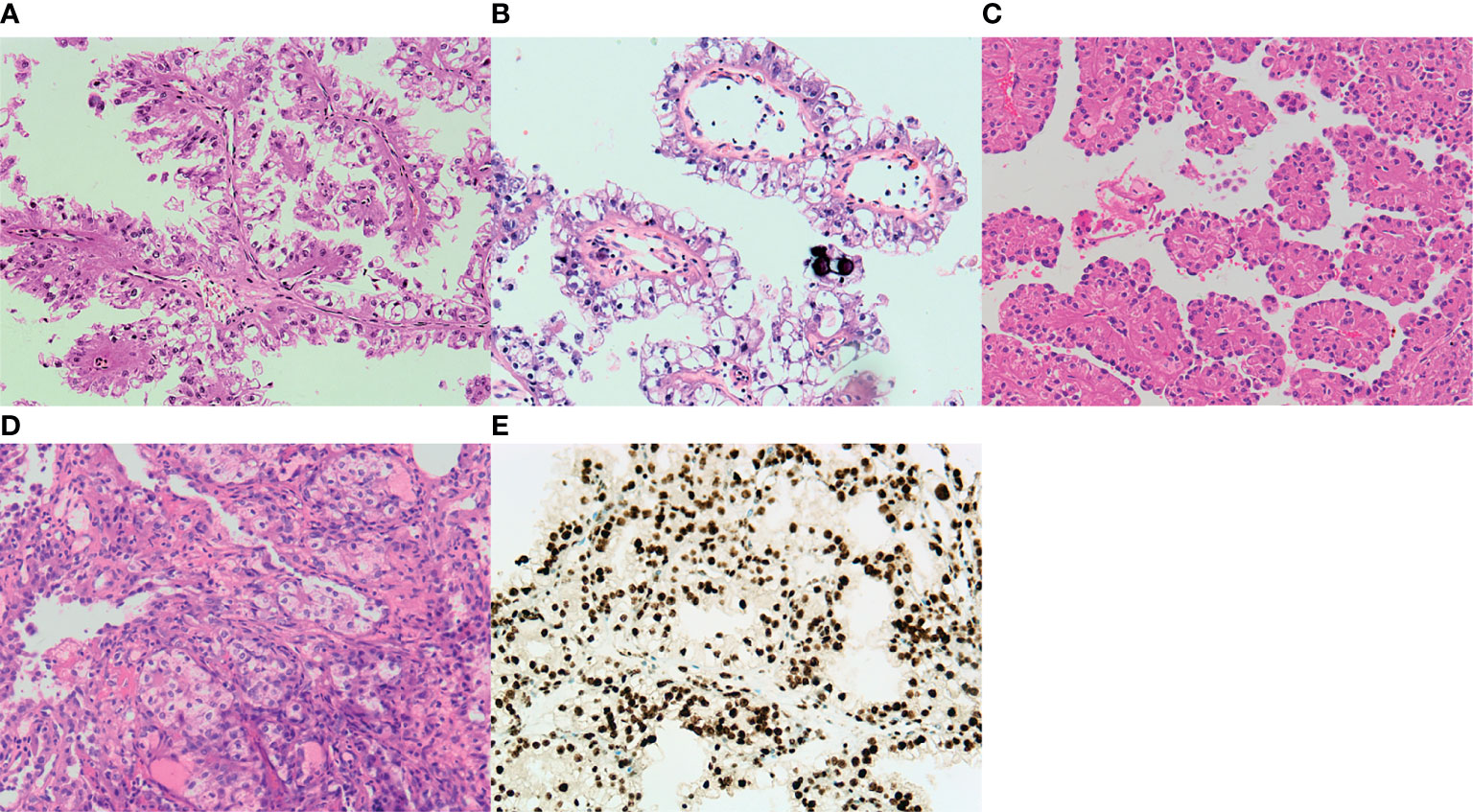



Frontiers Xp11 2 Translocation Renal Cell Carcinoma With Tfe3 Rearrangement Distinct Morphological Features And Prognosis With Different Fusion Partners Oncology
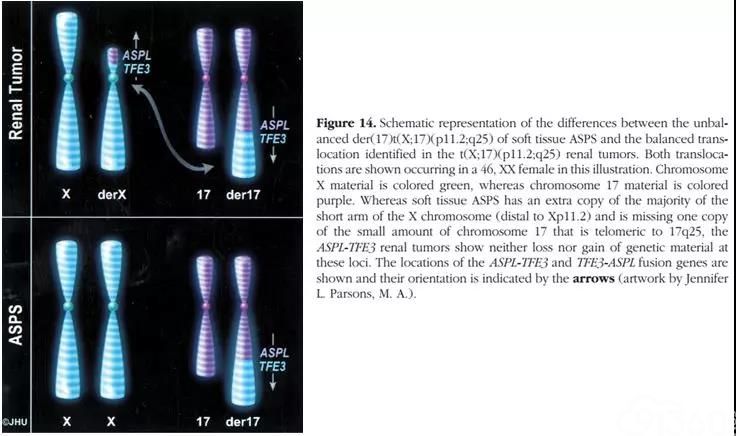



乱花渐欲迷人眼 Aspscr1 Tfe3融合在不同肿瘤中阳性类型表现不同
Introduction TFtranslocation renal cell carcinoma (TFtRCC) is a rare subtype of kidney cancer, characterized by Xp112 translocations resulting in TF fusion with various partner genes To date, more than partner genes have been identified in fusions with TF, including SFPQ, ASPSCR1, NONO, PRCC, RBM10, MED15, etc Due to the variety of partners andMost common partner genes in MiT family translocation associated renal cell carcinoma are PRCC and ASPSCR1 (ASPL) (Am J Surg Pathol 16;) Melanotic subtype generally harbors the SFPQTF fusion and rarely ARID1BTF (Am J Surg PatholIn RCC, TF translocation partners have been shown to include the ASPSCR1, SFPQ and NONO genes 3 Although RCC and ASPS have been shown to have identical ASPSCR1TF fusion transcripts, the t(X;17) translocation is consistently balanced in the former but usually unbalanced in the latter the derivative X chromosome is not seen in ASPS 4




Aspscr1 Protein Expression Summary The Human Protein Atlas
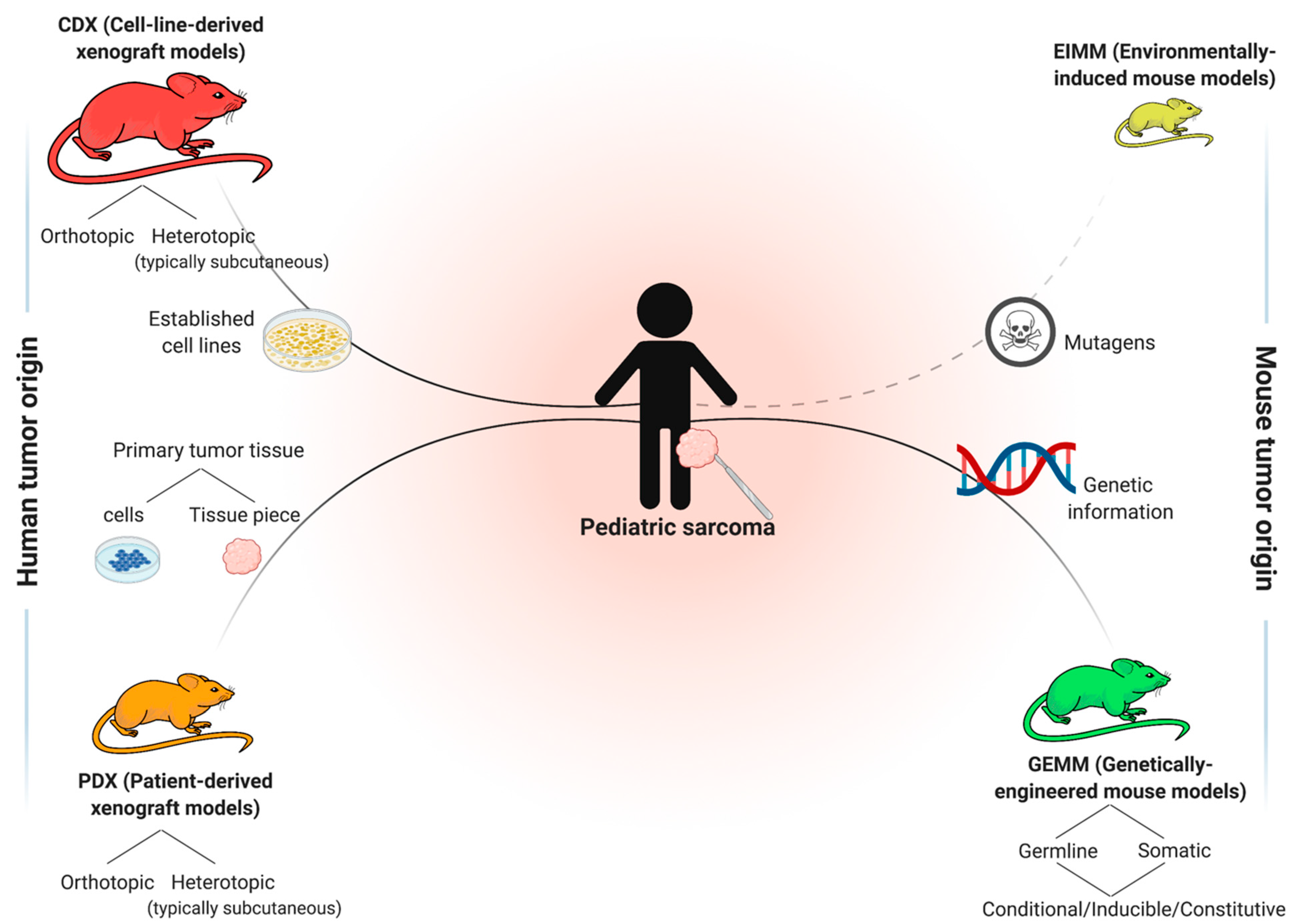



Jcm Free Full Text Preclinical In Vivo Modeling Of Pediatric Sarcoma Promises And Limitations Html
The ASPSCR1TF gene fusion is the same gene fusion found in alveolar soft part sarcoma (ASPS), a rare pediatric neoplasm of uncertain histogenesis However, the translocation in Xp11 translocation RCC is balanced, which may contribute to the differences seen at the clinical and histopathologic levels between Xp11 translocation RCC and ASPSTFtRCC is highly heterogeneous, both clinicopathologically and genotypically ASPSCR1TF fusion and several somatic copy number alterations, including the loss of 22q, are associated with aggressive features and poor outcomes Apart from tumors with MED15TF fusion, most TFtRCCs exhibit low PDL1 expression and low Tcell infiltrationRTPCR was performed to confirm the ASPSCR1 (ASPL)/TF fusion transcript product in the tumor tissue The patient suffered bone metastases 8



Documents Irevues Inist Fr



Psammoma Bodies
YAP1TFfused hemangioendothelioma is an extremely rare malignant vascular tumor, with only a few dozen cases reported, most of which were single case reports or larger case series that combine These include ASPSCR1–TF in all cases of alveolar soft part sarcoma (ASPS) and ASPSCR1–TF, PRCCTF, SFPQTF and others in a subset of paediatric and adult RCCs Here we examined the functional properties of the ASPSCR1–TF fusion oncoprotein, defined its target promoters on a genomewide basis and performed a highthroughput RNA Plasmid construction Nterminal FLAGtagged ASPSCR1TF was introduced into both the pMYsIRESGFP and pMYsIRESLuc vectors The fulllength ASPSCR1TF was cloned from a human ASPS case Artificial chimeric ASPSCR1 fusions between ASPSCR1 and TFEB, TFEC, or MITF were also generated by twostep PCR using primers encompassing both ASPSCR1 and




Tfe3 Aspscr1 Prcc Tico Europe
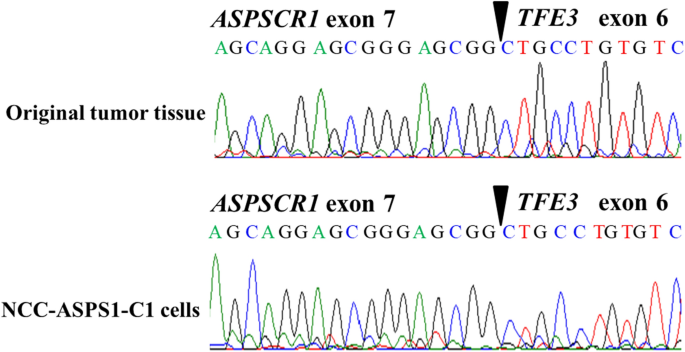



Establishment And Characterization Of Ncc Asps1 C1 A Novel Patient Derived Cell Line Of Alveolar Soft Part Sarcoma Springerlink
ASPSCR1_ENST TF fusions in cancer Overview, tissues and references Inferred breakpoints and mutation frequency for breakpoints of ASPSCR1_ENST and TFWhen a TF rearrangement is identified, reflex testing using the TF/ASPSCR1 probe will be performed Method Name Fluorescence In Situ Hybridization (FISH) Reporting Name TF (Xp1123), FISH, Ts Specimen Type Tissue Necessary Information 1 A pathology report is required in order for testing to be performed Acceptable pathology reportsNo fusionnegative case has ever been described Complete surgical excision, including lung metastasectomy when applicable, is the primary treatment, with limited benefit associated with chemotherapy or radiation There has been one published case of primary ASPS in the bladder



2



2
Our results demonstrate that the most sensitive marker of alveolar soft part sarcoma was the presence of the ASPSCR1TF fusion transcript Thus, detection of the ASPSCR1TF fusion transcript was considered applicable for formalinfixed, paraffinembedded tissues with superior sensitivity as compared with TF immunohistochemical staining Breakpoint for translocation to form NONOTF, PSFTF and ASPSCR1TF oncogenes 2 Keywords Disease i Protooncogene Organismspecific databases DisGeNET i 7030 MalaCards i TF OpenTargets i ENSG Orphanet i , Alveolar soft tissue sarcomaThe ASPSCR1TF Fusion/Translocation FISH Probe Kit is designed to detect rearrangements involving the human ASPSCR1 and TF genes located on chromosome bands 17q253 and Xp1123, respectively Fusion of ASPSCR1 – also known as TUG, ASPL, ASPS, RCC17, UBXD9, UBXN9 or ASPCR1 – with the TF gene – also known as TFEA,




Molecular Heterogeneity Of Xp11 2 Translocation Renal Cell Carcinoma Cmar



Cabozantinib And Dastinib Exert Anti Tumor Activity In Alveolar Soft Part Sarcoma
3 ASPSCR1 TEXT A number sign (#) is used with this entry because some cases of alveolar soft part sarcoma have been found to be caused by fusion of the ASPSCR1 () and TF () genes Description Alveolar soft part sarcoma is an unusual tumor with highly characteristic histopathology and ultrastructure ASPL is a cofactor of the hexameric ATPase complex, known as p97 The central area in ASPL, containing both a SHP box and a UBX domain, is required for binding to the p97 Ndomain Results support a gainoffunction role for ASPSCR1TF contributing to proliferation and survival of cancer cells Promotes methylation of VCP by METTL21D The ASPSCR1/TF fusion replaces the Nterminal portion of TF by the fused ASPSCR1 sequences, while retaining the TF DNAbinding domain, implicating transcriptional deregulation in the pathogenesis of ASPS Ladanyi et al (01) identified major and minor splice forms of the ASPSCR1 transcript which differ by the absence or presence of a 47




Recombinant Anti Tfe3 Antibody Epr Bsa And Azide Free Ab



2
Our objective was to identify the direct targets of ASPSCR1TF and how these targets confer resistance to doxorubicin The human cell lines ASPS1 and FUUR1, as well as mouse tumors driven by expression of ASPSCR1TF were subjected to nuclear fractionation and chromatin immunoprecipitation using antibodies against ASPSCR1 and RNAPol2 The ASPSCR1TF and ASPSCR1TFEB but not ASPSCR1TFEC and ASPSCR1MITF induced sarcoma The results suggest the presence of TF/TFEBspecific cofactors and mechanisms for tumorigenesis In order to identify such novel cofactors and functional motifs, human ASPS cellnuclear extract was incubated with TF or MITF proteins and TF or MITF RTPCR was performed to confirm the presence of an ASPSCR1TF and PRCCTF fusion transcript by using forward primers from the ASPSCR1 and PRCC sequence and a reverse primer from TF exon The image result ( Figure 6 ) showed specific ASPSCR1TF and PRCCTF products which confirmed the diagnosis of TF RCC and also identified the




Modeling Alveolar Soft Part Sarcoma Unveils Novel Mechanisms Of Metastasis Cancer Research




Granular Cell Tumors Overexpress Tfe3 Without Gene Rearrangement Evaluation Of Immunohistochemistry And Break Apart Fish In 45 Cases
TF Overexpression of TF is a sensitive and specific marker of Xp11 translocation in renal cell carcinomas TF is also expressed in alveolar soft part sarcoma the hallmark of which is a chromosomal rearrangement at 17q25 and Xp112 engendering an ASPSCR1–TF fusion gene Use of this antibody is an aid in the recognition of Xp11ASPSCR1 Tether containing UBX domain for GLUT4 ( TUG) is a protein that in humans is encoded by the ASPSCR1 gene This gene is a candidate gene for alveolar soft part sarcoma (ASPS) It has been found that ASPSCR1 can undergo oncogenic rearrangement with transcription factor TF gene, creating an aberrant gene that is a strongerASPSCR1TF alveolar soft part sarcoma Pubmed 17 ASPSCR1TF ASPSCR1TF Adenocarcinoma, Alveolar soft part sarcoma, renal cell carcinoma Pubmed




X 17 P11 Q25 Aspscr1 Tfe3 Translocation Renal Cell Carcinomas Download Scientific Diagram
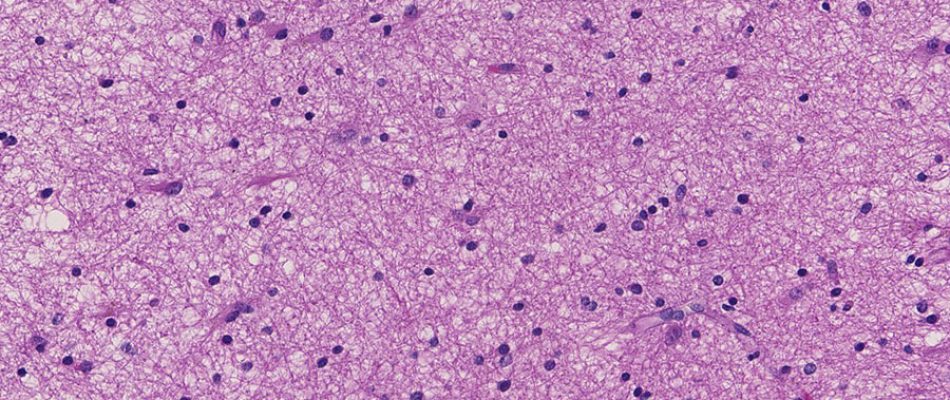



Largest Trial Ever Performed In Alveolar Soft Part Sarcoma Results Published 22 Eortc Eortc
Soft Tissues Alveolar soft part sarcoma with t (X;17) (p11;q25) ASPSCR1TF The histogenesis of this tumour is still unknown, despite immunohistochemestry studies and electron microscopy It may have a myogenic origin, and might be a variant of rhabdomyosarcoma Rare tumour represents less than 1% of soft tissues sarcomas of adults and 12The hallmark of ASPS is a chromosomal rearrangement at 17q25 and Xp112 engendering an ASPSCR1TF fusion gene responsible for an aberrant transcription factor presumably enabling pathogenesisThis aberrant chimeric transcription factor retains the Nterminal DNA binding domain encoded by TF while the ASPSCR1 encoded portion probablyCases with ASPSCR1TF, SFPQTF, PRCCTF, and NONOTF gene fusion showed a wide variability in morphologic features, including invasive tubulopapillary pattern simulating collecting duct carcinoma, extensive calcification and ossification, and overlapping and high columnar cells with nuclear grooves mimicking tall cell variant of




Volume 26 Issue 6 Pages December 14 Ppt Download



2




Esbe Scientific Tfe3 Mrq 37
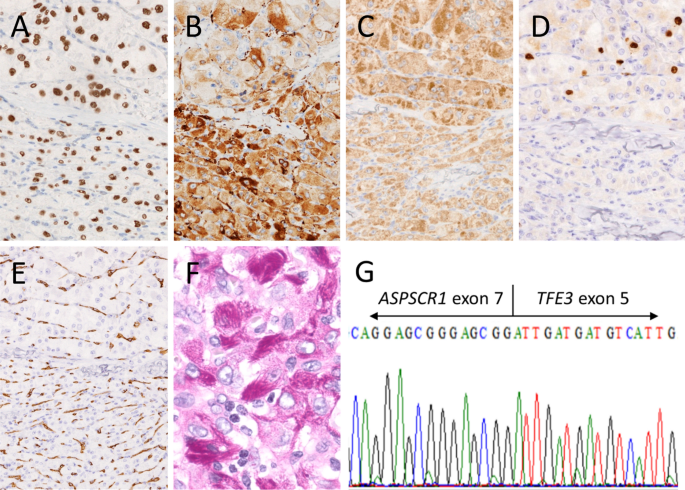



Primary Alveolar Soft Part Sarcoma Of Cheek Report Of A Case And Review Of The Literature Springerlink




Gene Of The Month Tfe 3 Journal Of Clinical Pathology




The Fusion Oncogene Aspscr1 Tfe3 Directs Epigenetic Induced Autophagy In Alveolar Soft Part Sarcoma Barrott 19 The Faseb Journal Wiley Online Library




Surgicopathological Conference Presenter Changche Wu Md Supervisor Pinpen



Genomictestingcooperative Com




The Complex Relationship Between Tfeb Transcription Factor Phosphorylation And Subcellular Localization The Embo Journal




Scielo Brasil Kidney Carcinoma Associated With Xp11 2 Translocation Tfe3 Aspl Tfe3 Gene Fusion Kidney Carcinoma Associated With Xp11 2 Translocation Tfe3 Aspl Tfe3 Gene Fusion



2




Tfe3 Gene Genecards Tfe3 Protein Tfe3 Antibody
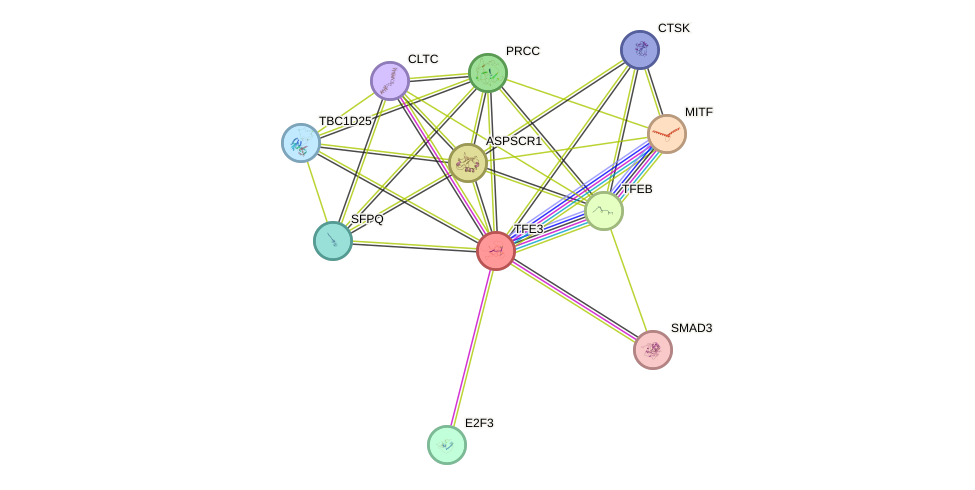



Tfe3 Protein Human String Interaction Network




Alveolar Soft Part Sarcomas Molecular Pathogenesis And Implications For Novel Targeted Therapies
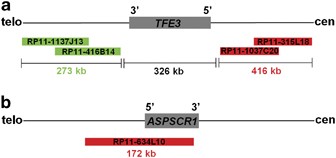



Molecular Cytogenetic Analysis For Tfe3 Rearrangement In Xp11 2 Renal Cell Carcinoma And Alveolar Soft Part Sarcoma Validation And Clinical Experience With 75 Cases Modern Pathology




Tfe3 Antibody Ihc672 Genomeme
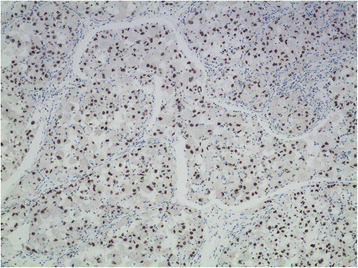



Alveolar Soft Part Sarcoma Of Lung Report Of A Unique Case With Emphasis On Diagnostic Utility Of Molecular Genetic Analysis For Tfe3 Gene Rearrangement And Immunohistochemistry For Tfe3 Antigen Expression Diagnostic



Chromophobe Renal Cell Carcinoma



1




Anti Tfe3 Antibody Mouse Anti Human Tfe3 Monoclonal Antibody Clone Ihc672 Np 1




Aspl Tfe3 Oncoprotein Regulates Cell Cycle Progression And Induces Cellular Senescence By Up Regulating P21 Sciencedirect




Surgicopathological Conference Presenter Changche Wu Md Supervisor Pinpen



2




Angiogenesis Promoting Gene Patterns In Alveolar Soft Part Sarcoma Clinical Cancer Research



2




Kickasps Asps Cell Line Project Consano
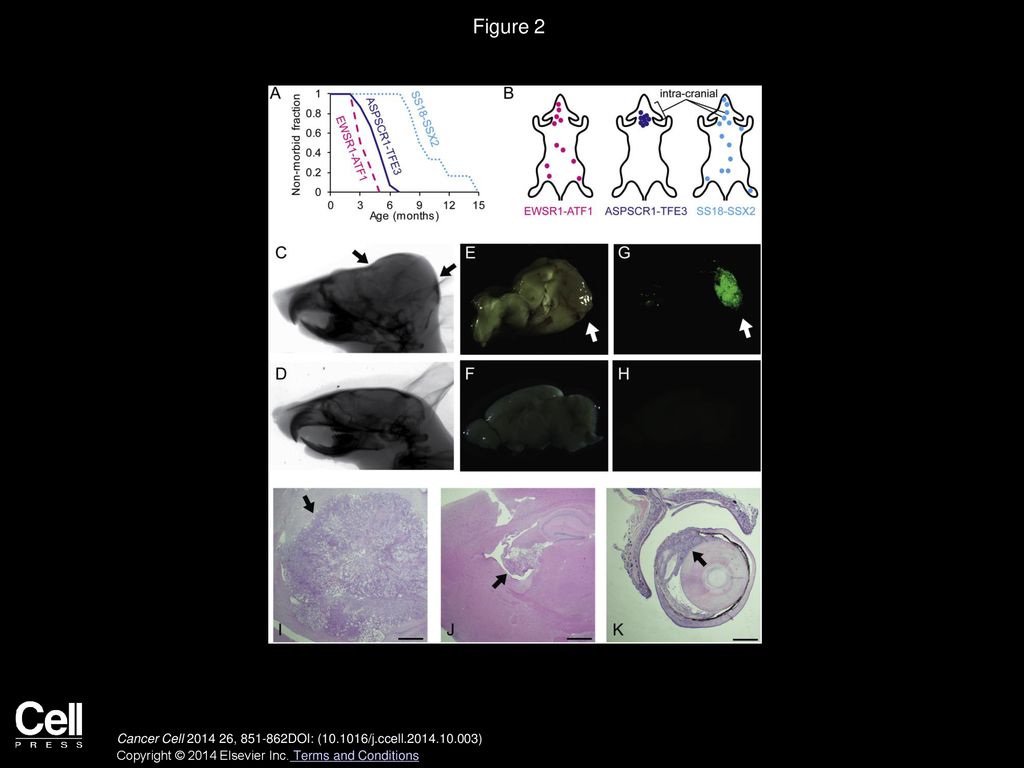



Volume 26 Issue 6 Pages December 14 Ppt Download




Combining Integrated Genomics And Functional Genomics To Dissect The Biology Of A Cancer Associated Aberrant Transcription Factor The Aspscr1 Tfe3 Fusion Oncoprotein Abstract Europe Pmc
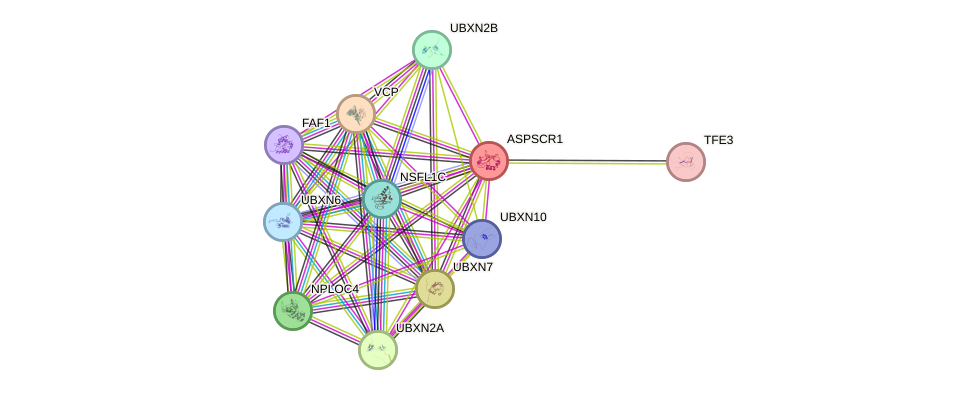



Aspscr1 Protein Human String Interaction Network




Signaling Schematic For Asps Tumors And Novel Therapeutic Targets A Download Scientific Diagram




Technique For Differentiating Alveolar Soft Part Sarcoma From Other Tumors In Paraffin Embedded Tissue Comparison Of Immunohistochemistry For Tfe3 And Cd147 And Of Reverse Transcription Polymerase Chain Reaction For Aspscr1 Tfe3 Fusion Transcript




Validation And Utilization Of A Tfe3 Break Apart Fish Assay For Xp11 2 Translocation Renal Cell Carcinoma And Alveolar Soft Part Sarcoma Topic Of Research Paper In Clinical Medicine Download Scholarly Article Pdf




Positive Tumor Response To Combined Checkpoint Inhibitors In A Patient With Refractory Alveolar Soft Part Sarcoma A Case Report Jco Global Oncology




New Aspscr1 Tfe3 Renal Cell Carcinomas With T X 17 P11 Q25 A E H Download Scientific Diagram




Aspscr1 Tfe3 Fusion Translocation Fish Probe Kit Cytotest



Aspscr1 Tfe3 Fusion Translocation Fish Probe Kit 10 Tests Diagnostic Technology




Alveolar Soft Part Sarcomas Molecular Pathogenesis And Implications For Novel Targeted Therapies




Combining Integrated Genomics And Functional Genomics To Dissect The Biology Of A Cancer Associated Aberrant Transcription Factor The Aspscr1 Tfe3 Fusion Oncoprotein Abstract Europe Pmc




Primary Alveolar Soft Part Sarcoma Of The Scapula
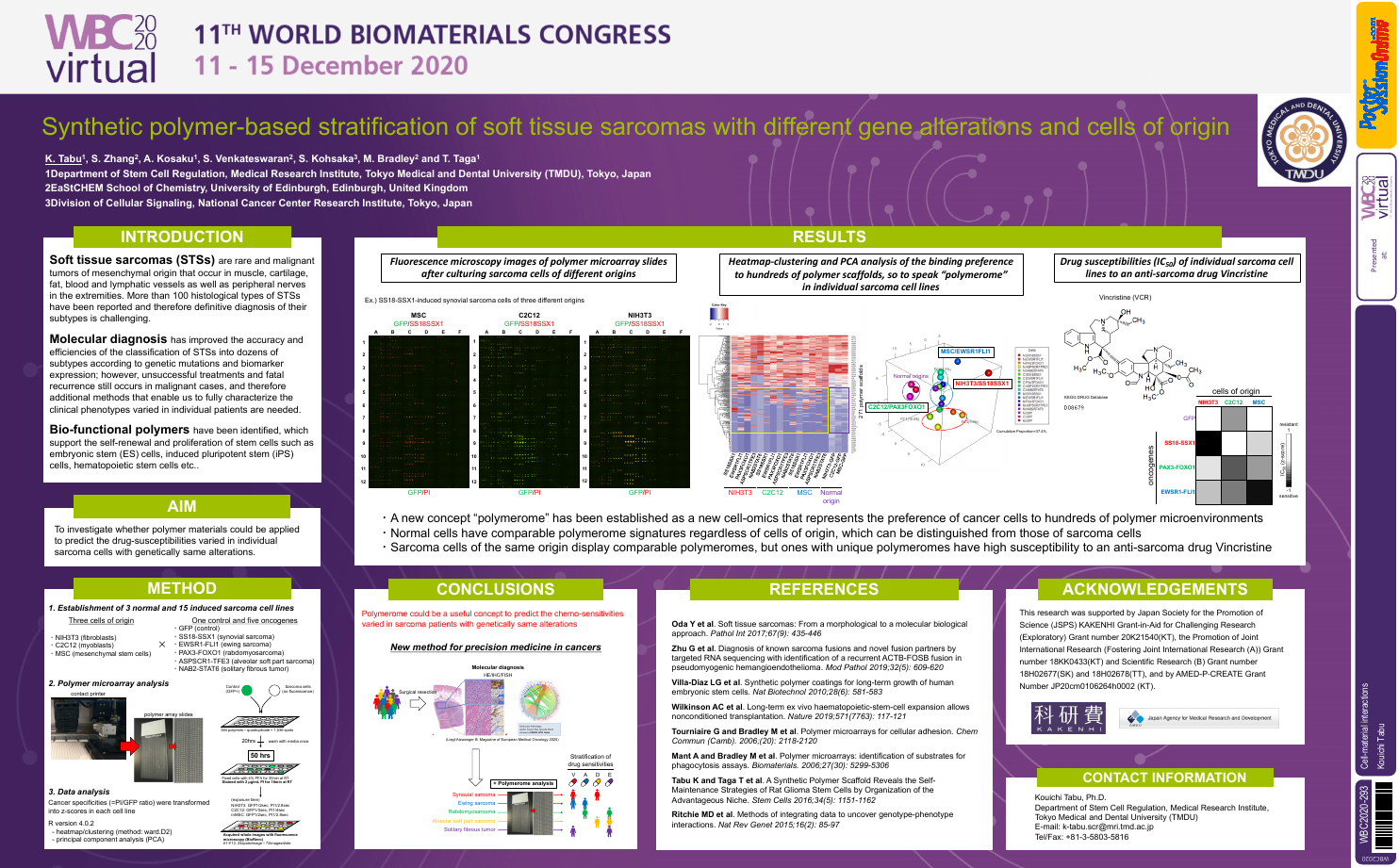



Postersessiononline
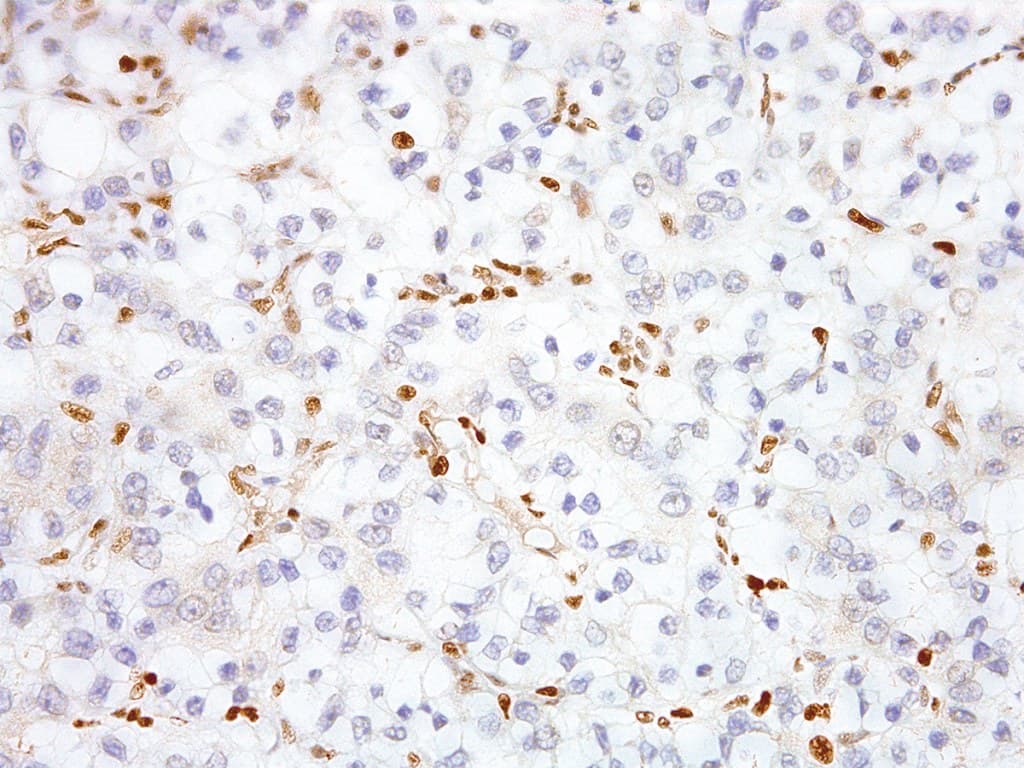



Anti Tfe3 Ce Ivd For Ihc Pediatric Pathology Clinisciences




Rt Pcr Findings Identification Of The Aspscr1 Aspl Tfe3 Fusion Download Scientific Diagram



Aspscr1 Tfe3 Fusion Translocation Fish Probe Kit 10 Tests Diagnostic Technology




Daniel Lubin ish M Tongue Asps Unknown Histogenesis Affects Adolescents Young Adults Often Involves Extremities Buttock But H N Common In Children Infants Aspscr1 Tfe3 Fusion Der 17 T X 17 P11 Q25 Poor Prognosis High Met




Combining Integrated Genomics And Functional Genomics To Dissect The Biology Of A Cancer Associated Aberrant Transcription Factor The Aspscr1 Tfe3 Fusion Oncoprotein Kobos 13 The Journal Of Pathology Wiley Online Library
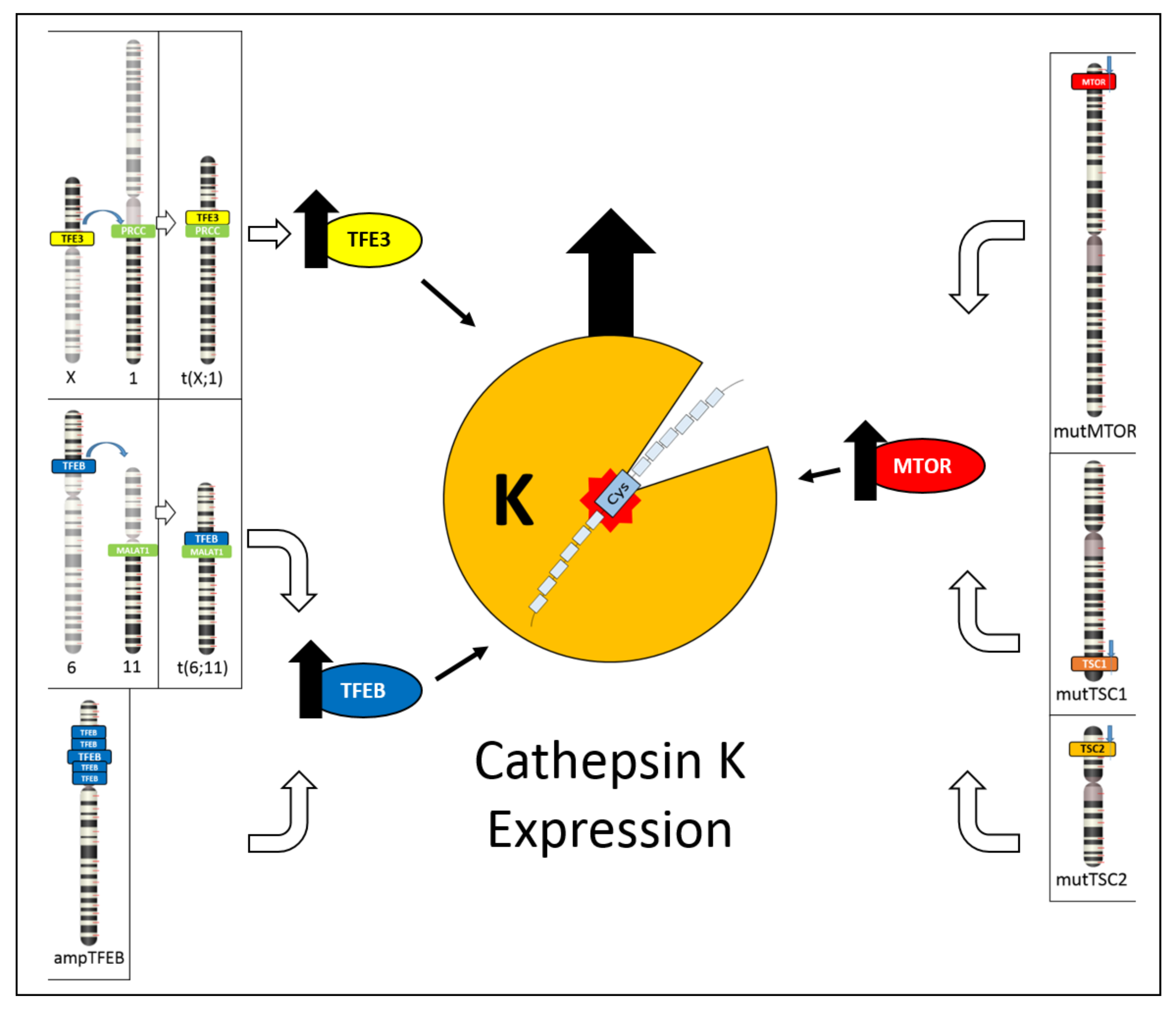



Cancers Free Full Text Cathepsin K A Novel Diagnostic And Predictive Biomarker For Renal Tumors Html



2
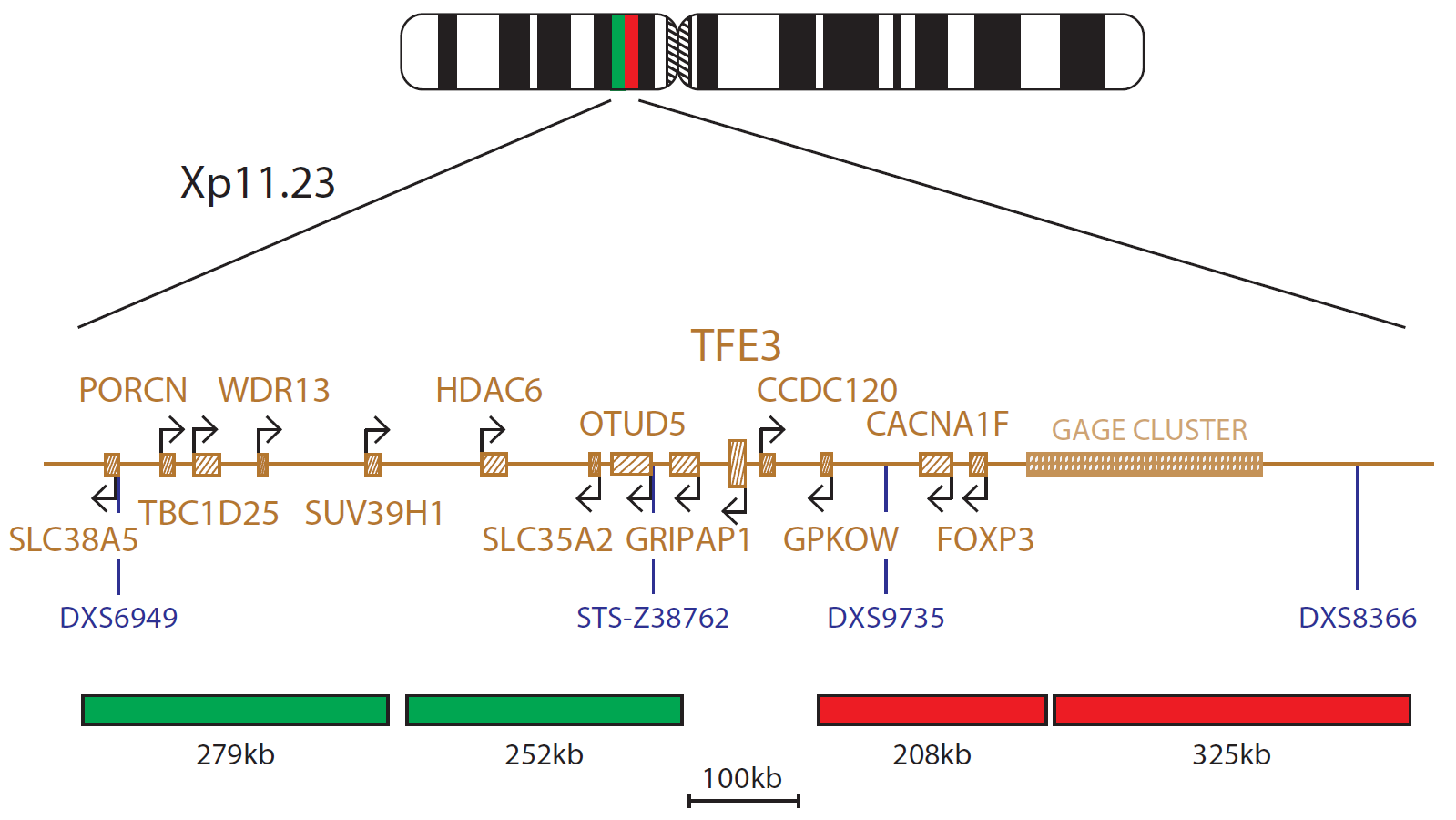



Cytocell Tfe3 Breakapart Fish Probe Ogt



2



Molecular Genetics And Cellular Features Of Tfe3 And Tfeb Fusion Kidney Cancers Document Gale Onefile Health And Medicine
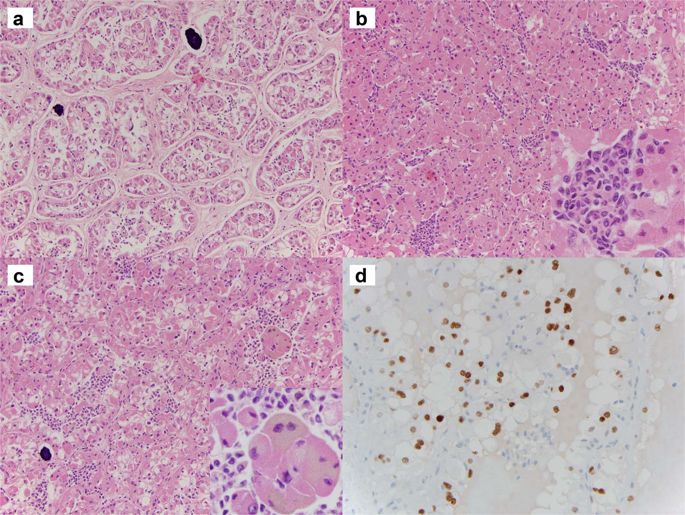



Neat1 Tfe3 And Kat6a Tfe3 Renal Cell Carcinomas New Members Of Mit Family Translocation Renal Cell Carcinoma Modern Pathology X Mol



Zytovision Com
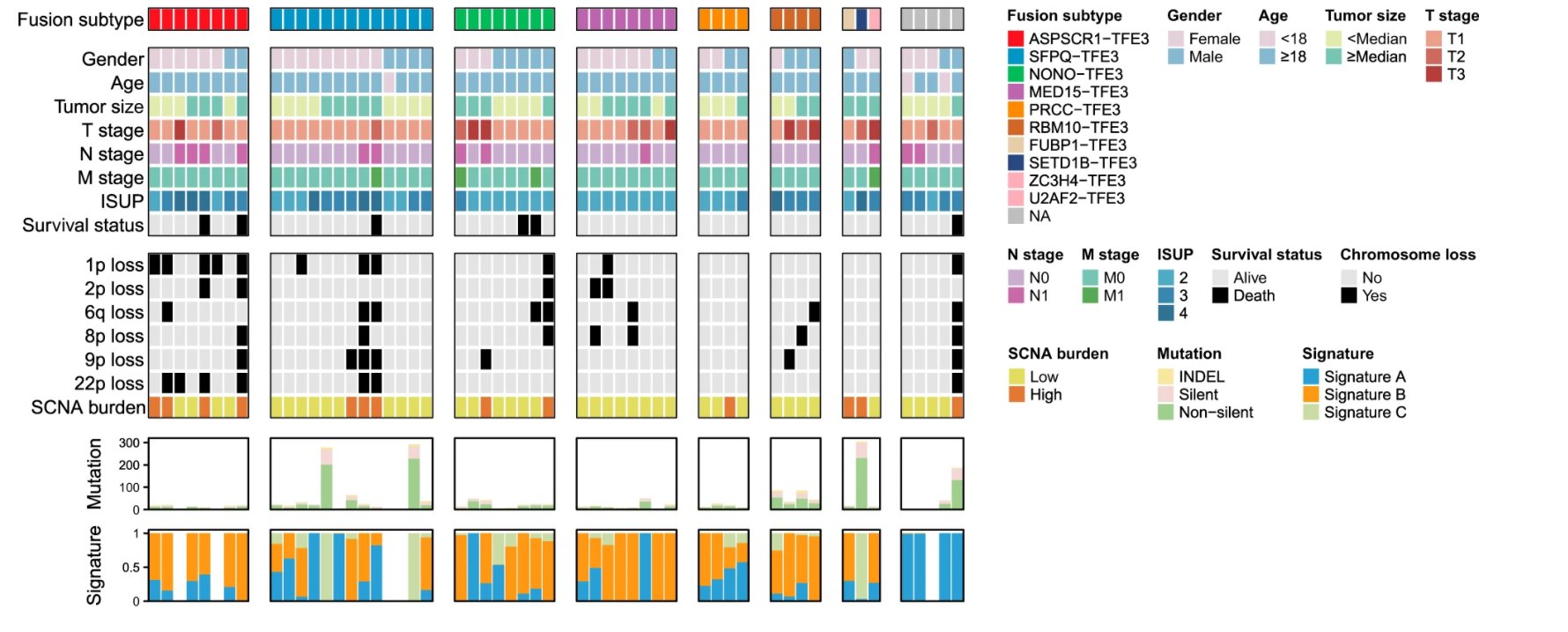



Nature Communications Study Performs Genomic And Transcriptomic Profiling Of Untreated Primary Tfe3 Translocation Renal Cell Carcinoma Tumours And Reveals Potential Therapeutic Targets Cancerresearch T Co Cwarpnbtch T Co
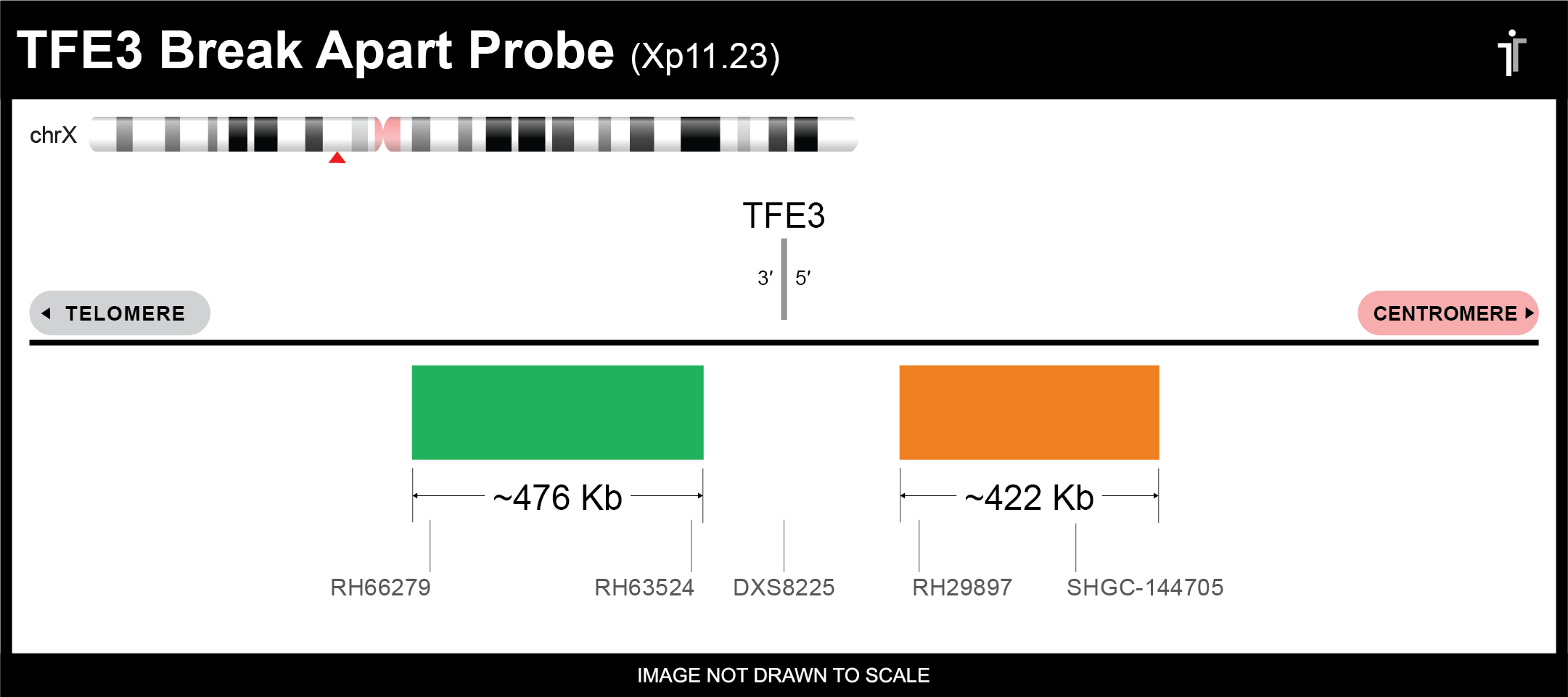



Tfe3ba Gror Tfe3 Break Apart Fish Probe Biotrend




Fusion Of The Genes Phf1 And Tfe3 In Malignant Chondroid Syringoma Cancer Genomics Proteomics




Anti Tfe3 Antibody Ab Abcam




Tfeb And Tfe3 Linking Lysosomes To Cellular Adaptation To Stress Abstract Europe Pmc



Aspscr1 Alveolar Soft Part Sarcoma Critical Region 1
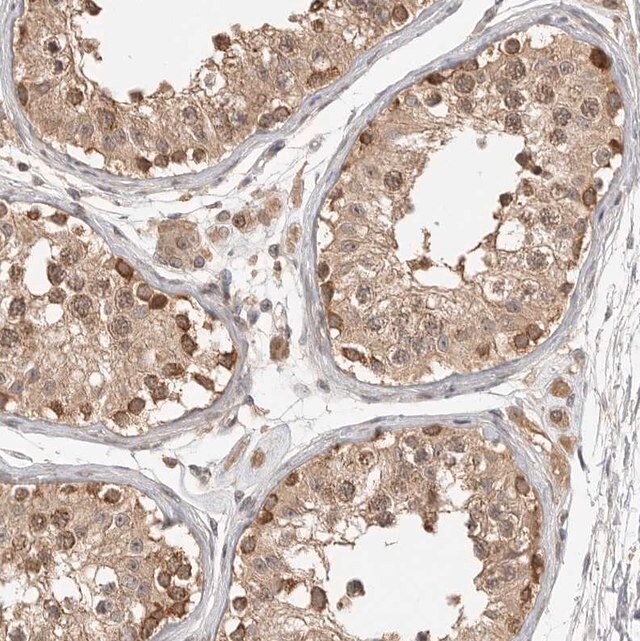



Anti Aspscr1 Antibody Produced In Rabbit Prestige Antibodies Powered By Atlas Antibodies Affinity Isolated Antibody Buffered Aqueous Glycerol Solution




Combining Integrated Genomics And Functional Genomics To Dissect The Biology Of A Cancer Associated Aberrant Transcription Factor The Aspscr1 Tfe3 Fusion Oncoprotein Kobos 13 The Journal Of Pathology Wiley Online Library




Figure 1 From Mit Family Translocation Renal Cell Carcinoma Semantic Scholar




Association For Molecular Pathology New Amp Is Pleased To Share Our Newest Molecular In My Pocket Reference Cards Focusing On Pediatric Brain Tumors Solid Tumors And Soft Tissue Tumors Download Them




Alveolar Soft Part Sarcomas Molecular Pathogenesis And Implications For Novel Targeted Therapies




The T X 17 P11 25 Translocation A The Aspscr 1 Gene Is Located At Download Scientific Diagram



2




Cediranib In Patients With Alveolar Soft Part Sarcoma Casps A Double Blind Placebo Controlled Randomised Phase 2 Trial The Lancet Oncology



Kidney Renal Cell Carcinoma With T X 17 P11 Q25 Aspscr1 Tfe3



1




Tfe3 Gene Genecards Tfe3 Protein Tfe3 Antibody




Granular Cell Tumors Overexpress Tfe3 Without Gene Rearrangement Evaluation Of Immunohistochemistry And Break Apart Fish In 45 Cases
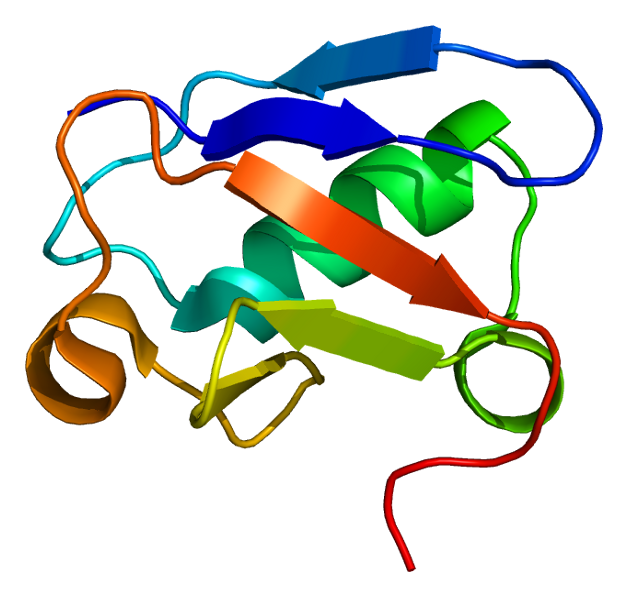



Aspscr1 Wikipedia




A Renal Cell Carcinoma With Ewsr1 Tfe3 Fusion Gene Lang Genes Chromosomes And Cancer Wiley Online Library




Modeling Alveolar Soft Part Sarcoma Unveils Novel Mechanisms Of Metastasis Cancer Research



Kidney Renal Cell Carcinoma With T X 17 P11 Q25 Aspscr1 Tfe3
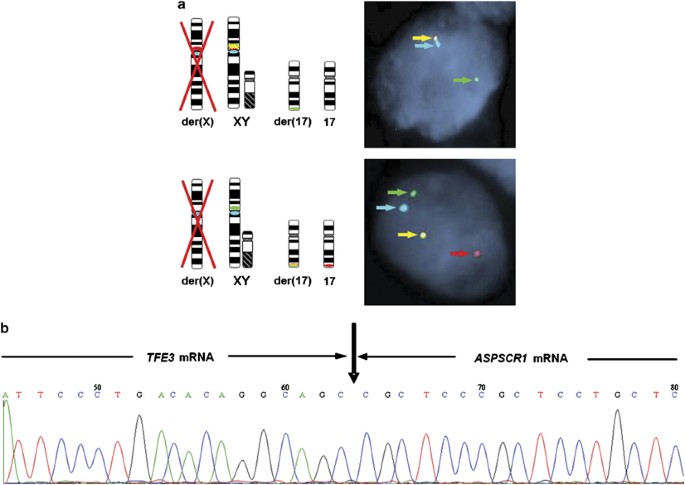



Molecular Cytogenetic Analysis For Tfe3 Rearrangement In Xp11 2 Renal Cell Carcinoma And Alveolar Soft Part Sarcoma Validation And Clinical Experience With 75 Cases Modern Pathology




Alveolar Soft Part Sarcoma Of The Bladder With Aspscr1 Tfe3 Gene Fusion As A Secondary Malignancy Sciencedirect
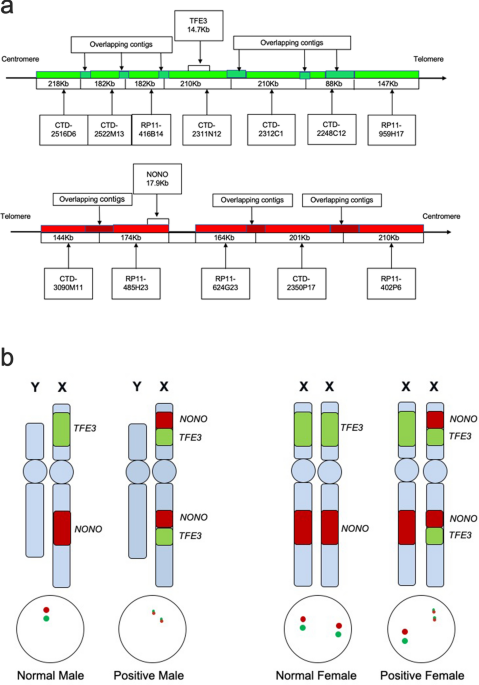



The Suitability Of Nono Tfe3 Dual Fusion Fish Assay As A Diagnostic Tool For Nono Tfe3 Renal Cell Carcinoma Scientific Reports
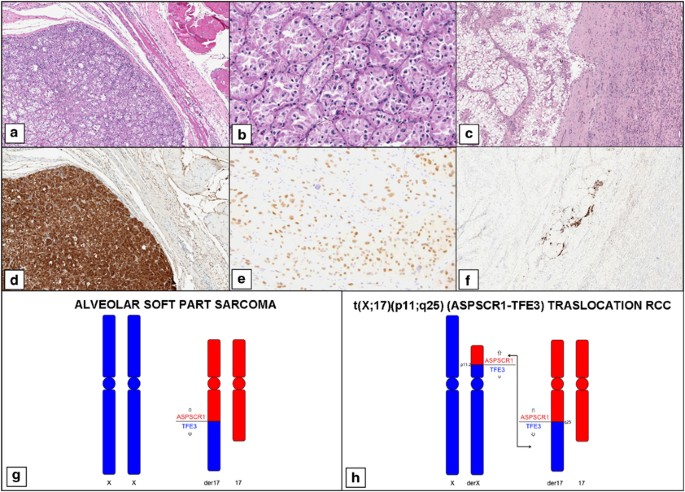



Differential Expression Of Cathepsin K In Neoplasms Harboring Tfe3 Gene Fusions Modern Pathology




Activity And Safety Of Crizotinib In Patients With Alveolar Soft Part Sarcoma With Rearrangement Of Tfe3 European Organization For Research And Treatment Of Cancer Eortc Phase Ii Trial Create Annals
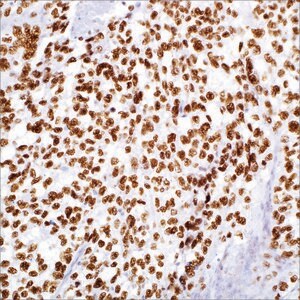



Tfe3 Mrq 37 Rabbit Monoclonal Antibody Sigma Aldrich



0 件のコメント:
コメントを投稿